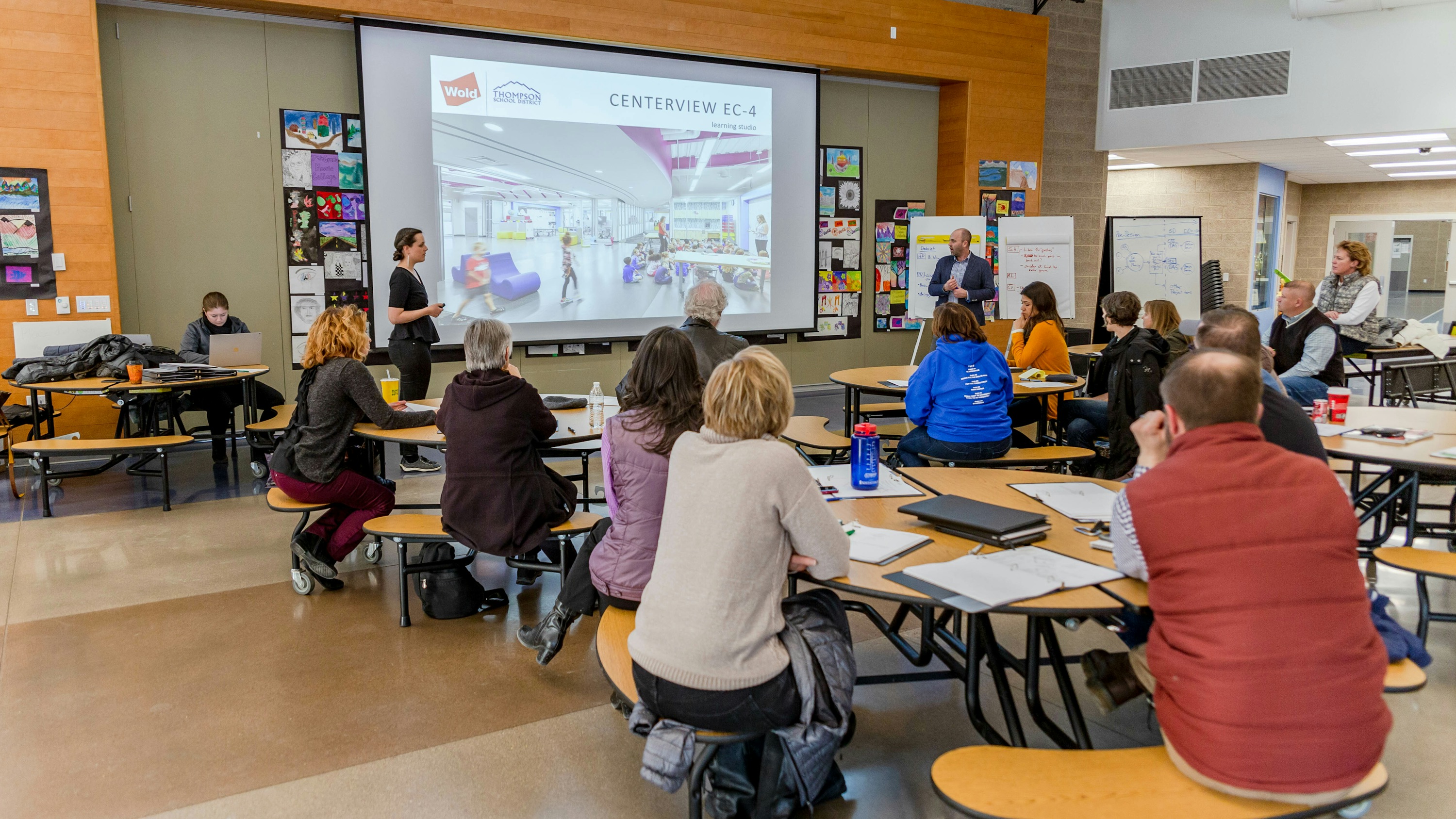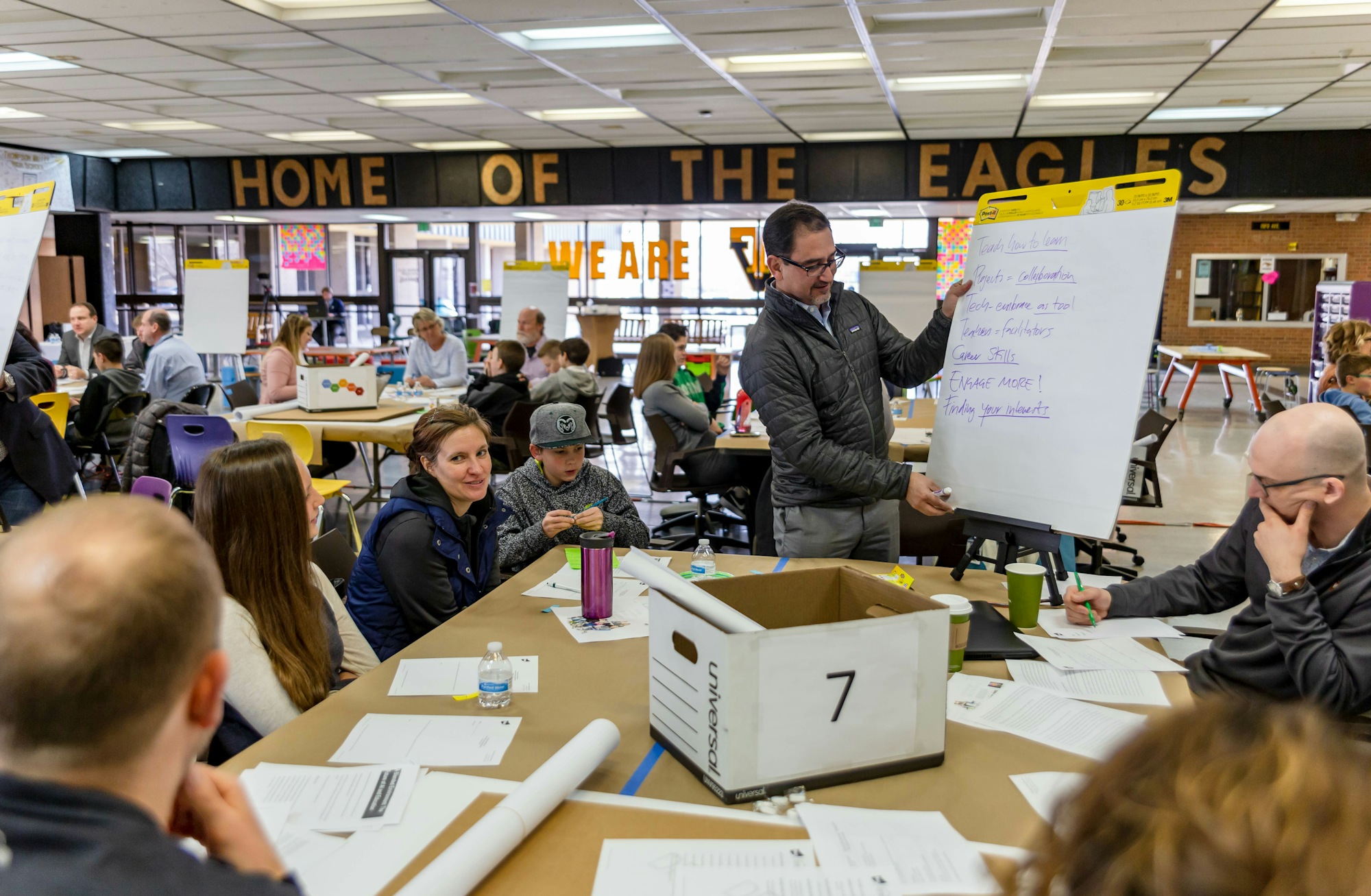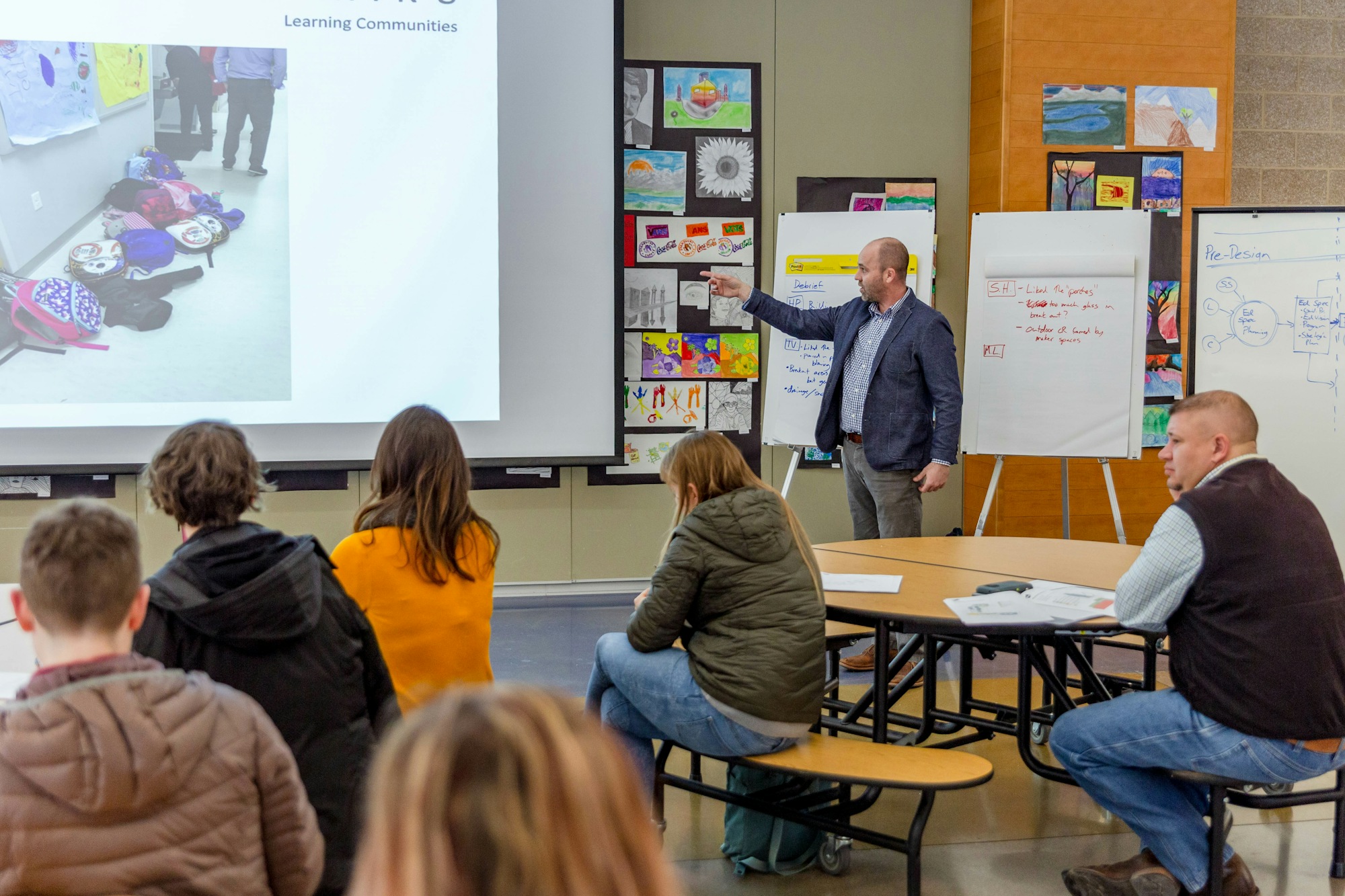
Our mission is to make a positive difference in the communities we serve. The first step to achieving meaningful, long-term outcomes is an in depth, hands-on approach to planning. There are many stages between identifying a community need, designing and building a project, and celebrating its completion. A hands-on early planning approach is critical to a project’s successful conclusion.
From the start of every planning process, it’s important to build community consensus and ensure stakeholder voices are heard and integrated into these conversations. A human-centric planning approach plays a vital role in helping establish unity within the community on recommended solutions. Below are a few recommended actions to take to ensure a successful project result:
Meaningful collaboration is the key to success in every planning project. Create a collaborative environment by identifying voices that need to be involved from the beginning to avoid alienating stakeholders. Get to know every perspective possible to ensure concerns are heard, understood, and appropriately addressed.
One way to ensure all voices are included is through the creation of strategic planning committees.
Depending on the size of the community and the level of engagement, these groups would consist anywhere from a half dozen up to 100 with 20 being the most common group size. The group should include diverse community voices, such as students, teachers, parents, board members and community members. These leaders act as anchors to larger community meetings. During conversations with planning committee members, actively listen, observe, and note their priorities.
By engaging all relevant parties, you’ll set future project phases up for success. The committee should be able to clearly define and communicate the “why” behind the proposed solutions to the community at large. This is a vital task in starting to gather broad support as you prepare to approach funding sources. This also helps avoid dissenting voices organizing opposition groups and instead focuses on creating advocates of the plan.


A listening tour is a walk-through discussion and/or Q&A with planning architects, other consultants, and key community voices. The goal is to identify project needs and challenges and align constituents. In this stage of the planning process, you should aim to accomplish the following:
● Gather broad data and analysis of interests
● Define true needs and challenges
● Build an understanding of need amongst stakeholders
Listening tours build trust, provide clarity for those involved and help set expectations. They allow all stakeholders to voice needs and wants through the lens of the community and spark a connection between diverse community perspectives and the core planning team. Remember that when designing schools, you are in essence designing a home for the community; therefore, it’s essential for those involved to understand the purpose behind the strategy. All of this starts by attentive listening.
When beginning the planning process, consider the funding elements involved. Building early political support and community consensus is crucial, especially when a bond election or grant funding is anticipated.
Start by creating a master plan without constraints. Determine all areas the group desires to address so the master plan incorporates those elements, regardless of whether they fit into the current project. Then, bring financials and established budgets to the planning table. Building a phased master plan that’s rooted in the original dream helps ensure that the plan is aligned with the community’s values and expectations and helps educate voters on the collective importance of planned improvements.Architects are known to be creative professionals who are excellent at developing ideas and solutions. Some firms focus their attention on the design phase and deprioritize the planning process to begin problem solving and executing big ideas, which is what they are trained to do!
While design is an exciting process, long-range planning and community buy-in are essential and should never be hurried or skipped. Stakeholders should select architects who make it a priority to act as long-term partners from the very beginning to ensure the overall success of projects.Job Gutierrez, AIA, LEED AP, is a Partner at Wold and can be reached at jgutierrez@woldae.com.